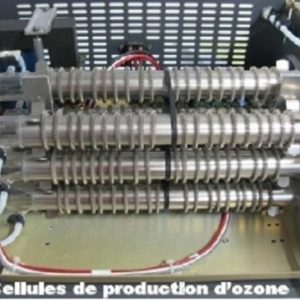[Live Webinar] Structural Commissioning to help meet new laws regarding structural integrity. A new Standard of Care.
$149.00
Courses Included
After the recent collapse of the Champlain Tower South in Miami, Florida in 2021, there has been a change of the legal framework associated with inspections of buildings both on the state and federal level. This presentation concerns the implications of these changes and the process of complying with the new requirements.
Visual inspection is enhanced by making measurements in a way that removes uncertainty by visual inspections in which many parts of a structure are hidden from view. These measurements are made using non-destructive methods, many of which are familiar. However, the use of the term ‘structural integrity’ extends to the checking of the holistic performance of entire structures. This approach was foreseen in the publication in 1989 by NIST (NISTIR 89/4153) as well as the standard for inspecting existing buildings, SEI-ASCE 11/99 which includes in-situ load testing. In the days of the ASCE publication in-situ load tests were expensive and took considerable time to perform. For this reason, most in-situ tests have been performed on individual elements of a structure or by the research community. In fact, a database of over 1000 measured structures is available to the public. However, it is now possible to measure the holistic performance of a structure quickly and cheaply, using structural dynamics and the process of structural commissioning.
This presentation examines the background to the current state of building inspection, the meaning of structural integrity, and the methodology and equipment necessary for a quick check on the integrity of a building.
The presentation will consider three levels of structural integrity (human comfort, degradation in the ‘linear elastic’ zone and collapse avoidance).
Additionally, this presentation considers practical studies of several full-scale structures that have undergone damage caused by wind and earthquake forces, and considers the methodology for assessing their integrity in comparison.


![[Live Webinar] Structural Commissioning to help meet new laws regarding structural integrity. A new Standard of Care.](https://nciteengineeringhub.com/wp-content/uploads/Structural-Commissioning.jpg)



